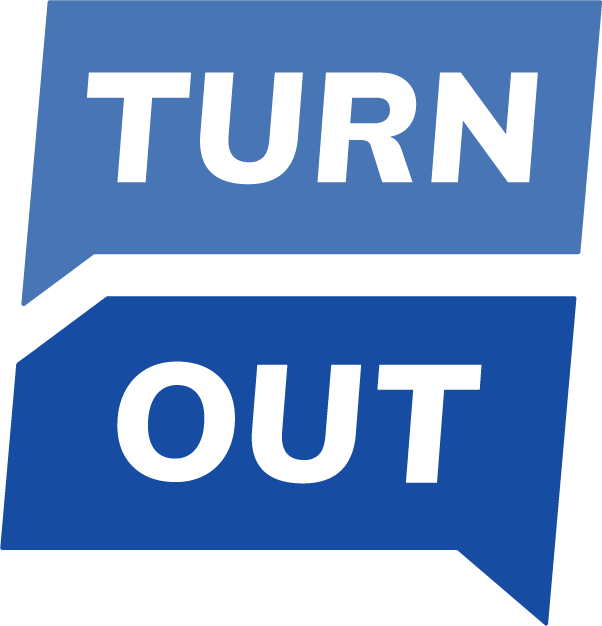The postcards Chang and her friends have written are among 15.7 million organized through Postcards to Swing States, one of several new groups organizing get-out-the-vote efforts to boost Democratic turnout.
“It’s just a testament to so many people deciding to prioritize participating in democracy in their life,” said Ramsey Ellis, who co-founded the group along with Reid McCollum to oust their local Rep. Peter Roskam (R) in 2018. Since then, they have seen interest in the group explode.
“It just spread really, really, really quickly through word of mouth,” McCollum said.
One reason it was easy to get people on board was because McCollum and Ellis had evidence that the postcards were effective. They found that people who received their postcards were 1.2 percent more likely to vote.
For many, it was an easy entryway into activism for people who might be turned off by the idea of risking contentious exchanges in face-to-face conversations or awkward phone calls.
“We like to call it the gateway drug for activists,” McCollum said.
Ellis said her parents fill out 10 postcards every morning before breakfast.
“They call it their democracy vitamin,” she said.
But one reason postcard-writing may have found particular success this year is the COVID-19 pandemic.
Former Vice President Joe Biden’s presidential campaign has sworn off door-to-door canvassing, even as the Trump campaign boasts that it knocks on a million doors a week.
The Biden campaign says its top priority is keeping people safe.
“Joe Biden is offering the American people a sharp contrast to the recklessness that has defined Trump’s tenure and his campaign,” said Biden campaign spokesperson Rosemary Boeglin.
“Biden’s campaign has built a holistic, sophisticated voter contact program to meet voters where they are, and his team is having thousands of meaningful conversations every single day with Americans across the country about his plans to finally tackle the virus and build back better after this crisis.”
McCollum says that particular outlet being closed off has led people to search for a different way to engage.
“If not for the pandemic, they would be doing door-to-door canvassing,” he said.
While a postcard may not be as effective as a face-to-face conversation, the simplicity of organizing postcard campaigns makes it a fairly effective use of time and money. Volunteers pay for the postage, by far the most expensive part of a campaign. For the Postcards to Swing States effort, postage totaled $5.5 million.
The Progressive Turnout Project, which gave half a million dollars to fund Postcards to Swing States’s operations, said the personal touch of a postcard stands out in an age of automated messaging and email overload.
“It’s unique and kind of fun to get a handwritten postcard in the mail. It’s not something you get much from campaigns, and certainly not something you get a lot of these days when so much is online,” said spokesman Will Mantell.
“It seems like it may be a bit of an anachronism, but for younger folks who aren’t used to it, it’s really cool.”

